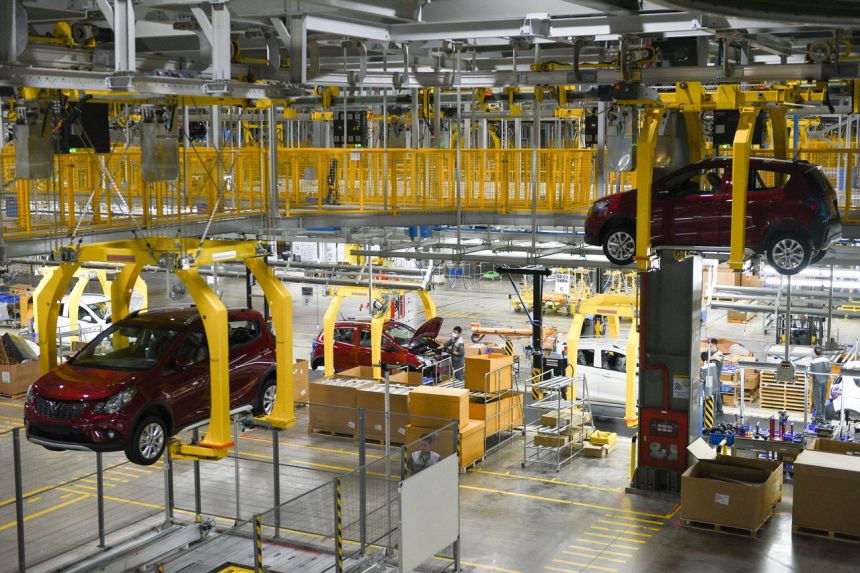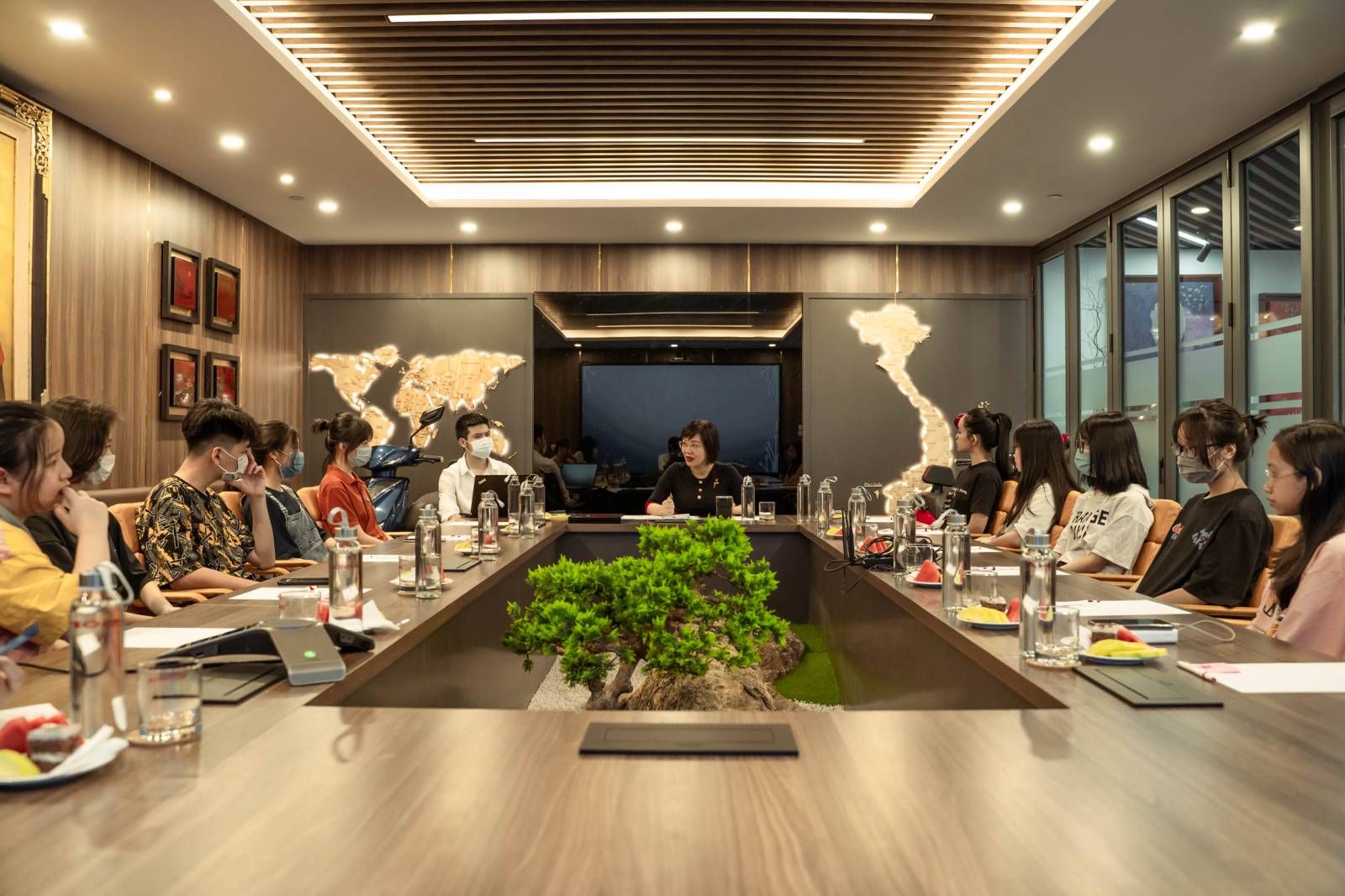Factory Closures and Capacity Reductions
With eight factories across Vietnam and one in Myanmar, Son Ha has been striving to keep up production while facing the challenges of Covid-19. Since early August, two of its factories have been closed. The Myanmar site was shut down for a month before reopening at reduced capacity. In Hanoi, 140 workers were required to stay on-site in tents to prevent virus exposure, receiving meals, housing, and bonuses.
Overall, Son Ha has had to idle up to 30% of its production capacity. CEO Dao Nam Phong expressed concern that lockdowns could continue until the end of September. “There are difficulties not only for us but also for all businesses,” he told The Straits Times.
Impact on Southeast Asia’s Manufacturing Sector
The Delta variant has severely impacted major manufacturing hubs in Southeast Asia, including Vietnam and Malaysia. Factory lockdowns are driving up shipping costs, disrupting balance sheets, and affecting global supply chains. Stainless steel for pipes in Vietnam and semiconductor chips from Taiwan for electronics in Malaysia are among the many components caught in the disruption.
The situation has even forced major companies like Nissan to shut down plants due to chip shortages. In Malaysia, chip and electronics manufacturers such as Intel and Micron Technology are rushing to vaccinate workers. However, only a third of the country’s electronics workforce has been fully vaccinated. Under government regulations, at least 80% of workers must be fully vaccinated before factories can resume full production.

Global Trade and Supply Chain Disruptions
According to Paris-based investment bank Natixis, about 5.7% of global trade originates from key ASEAN exporters like Indonesia, the Philippines, Thailand, Malaysia, and Vietnam. Supply chain disruptions are impacting major economies like China and the U.S., which rely heavily on Southeast Asia for products such as footwear, furniture, and tires.
Vaccination efforts are underway, but large portions of the population remain unprotected, particularly in remote areas. In Indonesia, only 11% of the population is fully vaccinated, while in Vietnam, the figure is just 1.5%.
Rising Transportation Costs and Port Closures
In addition to factory closures, rising transportation costs are exacerbating supply chain issues. Authorities have restricted truck movements, and cargo remains stranded at ports. Last week, China’s Ningbo-Zhoushan port, the world’s third-largest container port, halted all services at its Meishin terminal due to a Covid-19 outbreak.
Container shipping prices have surged more than fourfold since July, according to Drewry’s World Container Index. “Transportation is a big problem for us right now,” said Phung Anh Tuan, CEO of Manutronics, which assembles electronics for Canon and LG in Vietnam. Some workers are staying on-site to reduce exposure risks, but shipping and logistics costs continue to rise.
Signs of Recovery
Despite ongoing challenges, there are indications of improvement. A sharp increase in vaccinations in Malaysia suggests that some major chipmakers could return to full capacity soon. The electronics sector, which includes semiconductors, accounts for about 25% of Malaysia’s economy, and 36% of its population is now fully vaccinated.
Malaysia Semiconductor Industry Association president Wong Siew Hai expects a 20% decline in semiconductor output this year, a recovery from the 40% drop initially predicted in June. “This isn’t fully behind us,” he said. “It will depend on vaccinations.”







